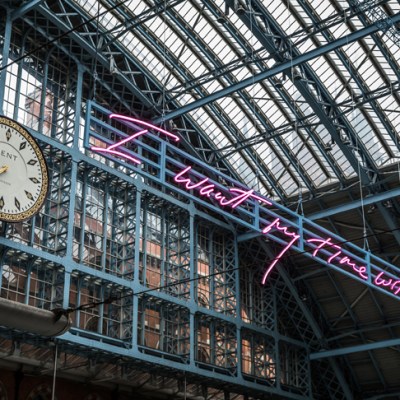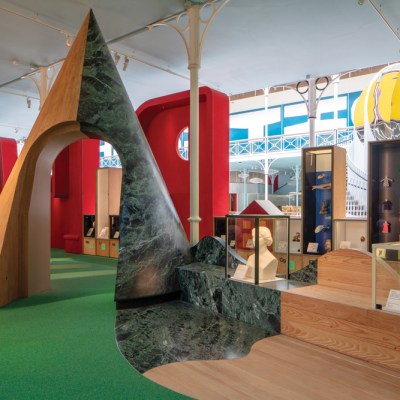With hundreds of exhibitions and events vying for attention in London during Frieze week, Apollo’s editors pick out the shows they don’t want to miss
‘Like a fool I followed love to the end. Like the sad haunted soul that I am, I followed you to the end.’ Scrawled on the bottom of a painting that gives Tracey Emin’s new show at White Cube in Bermondsey its name, these confessional words are full of the vulnerability that permeates much of the artist’s work (until 10 November). Anguished contemplations of love, sex and relationships are to the fore in a series of new paintings and sculptures, including a large-scale bronze of an abstract figure whose posture toes the line between tender intimacy and blatant exposure. Other works, such as Take Me to Heaven (2024), in which frenetic streaks of crimson gush from the abdomen of a bedridden female figure, grapple with mortality and grief, perhaps informed by Emin’s recent experience of bladder cancer.
Installation view of ‘Nairy Baghramian: Jumbled Alphabet’ at South London Gallery, 2024. Photo: Jo Underhill; © the artist
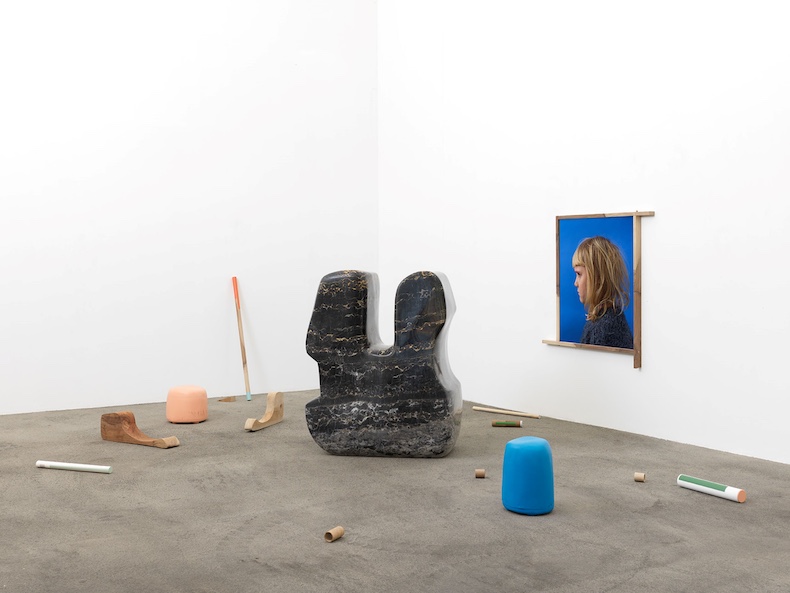
Just a couple of miles south of White Cube is the South London Gallery, which is hosting a major show by Nairy Baghramian. ‘Jumbled Alphabet’ is a pleasing display of the artist’s playful sculptures, drawn primarily from her Misfits series (2021): undulating forms made from resin, wood, metal and other materials that evoke both children’s building blocks and also parts of the human body – limbs, joints, teeth (until 12 January 2025). In some sections, visitors are invited to touch and interact with the sculptures; there’s also a room full of drawings begun by Baghramian and left for children to add to – cue the unexpected results that emerge from shared creativity.
Olive Grove (1889), Vincent Van Gogh. Photo: © Gothenburg Museum of Art/Hossein Sehatlou
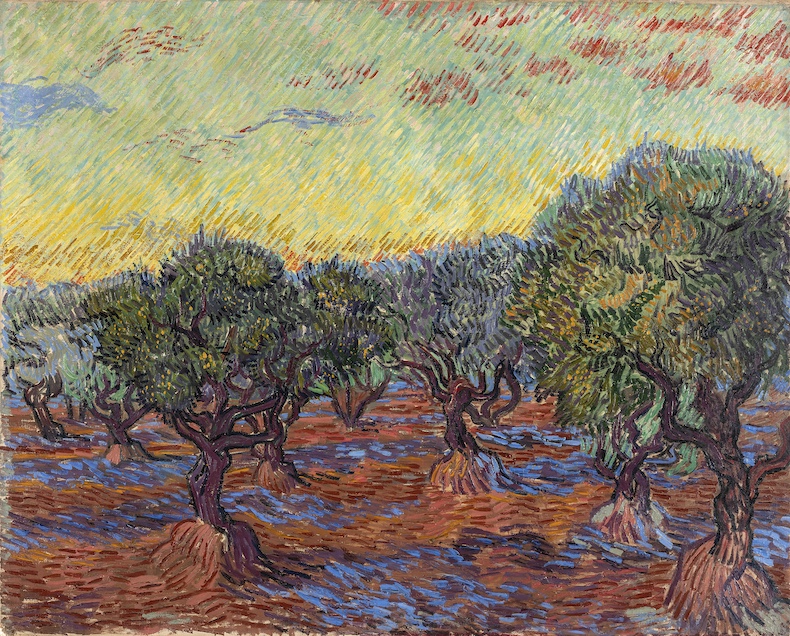
Meanwhile, the National Gallery is turning its attention to the two years Van Gogh spent in Arles and Saint Rémy in the south of France in ‘Van Gogh: Poets and Lovers’ (read Susan Moore’s review of the exhibition here). During this time, Van Gogh was inspired by the region and its inhabitants. It’s a stunning display of starry night skies, verdant parks and sunlit Provençal interiors – the kind of works most closely associated with the artist – but also presents a number of rarely displayed works on loan from museums around the world and from private collectors (until 19 January 2025).
Bone sculpture of Citipati (dancing skeletons) from 16th-century Mongolia. Colnaghi, London
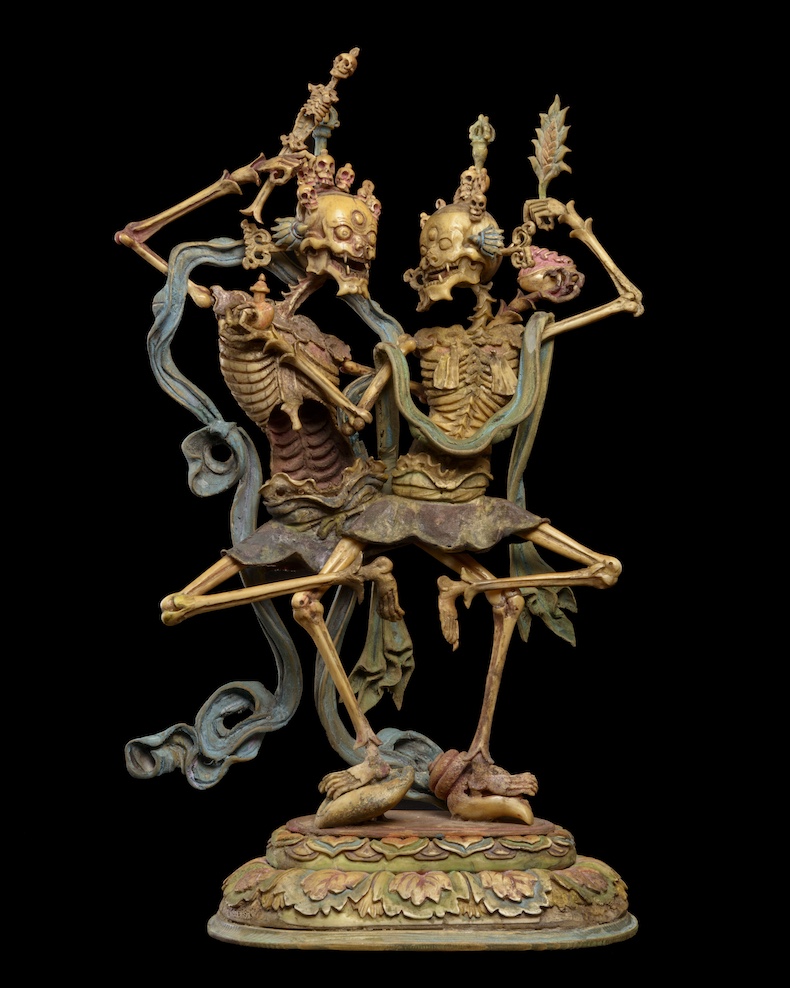
Those craving something a little older among the modern and contemporary offerings might wish to pay a visit to Colnaghi. ‘The Decay of Beauty. The Beauty of Decay’ includes works spanning more than a thousand years (until 8 November). Connections are drawn between cultures, periods and mediums: a vanitas painting by the 17th–century artist Jan Vermeulen is paired with Maria Lassnig’s Memento mori (2002); meanwhile, a 10th-century bust of the skeletal Chamunda deity from India is presented alongside a 12th-century sculpture of Uma, the idealised feminine goddess from which the fearsome Chamunda is said to have been born.
